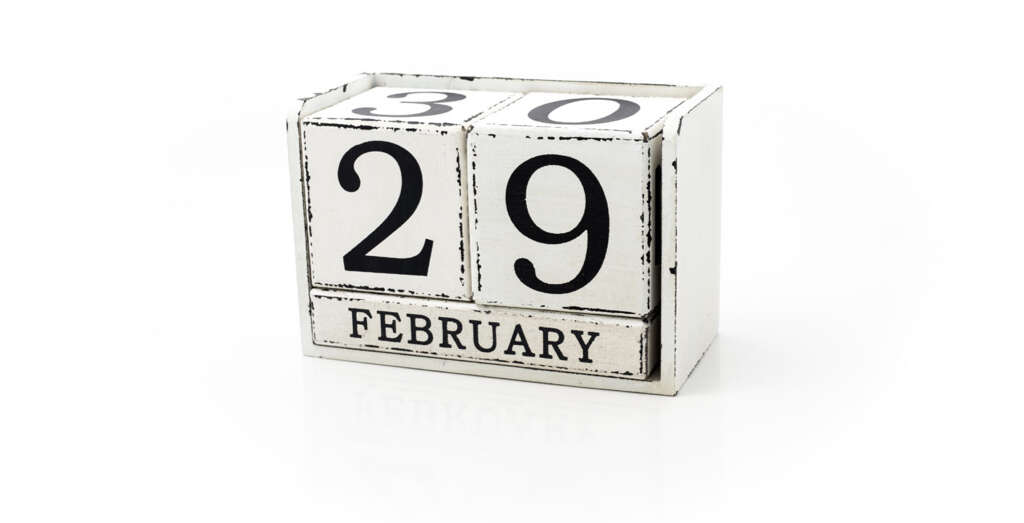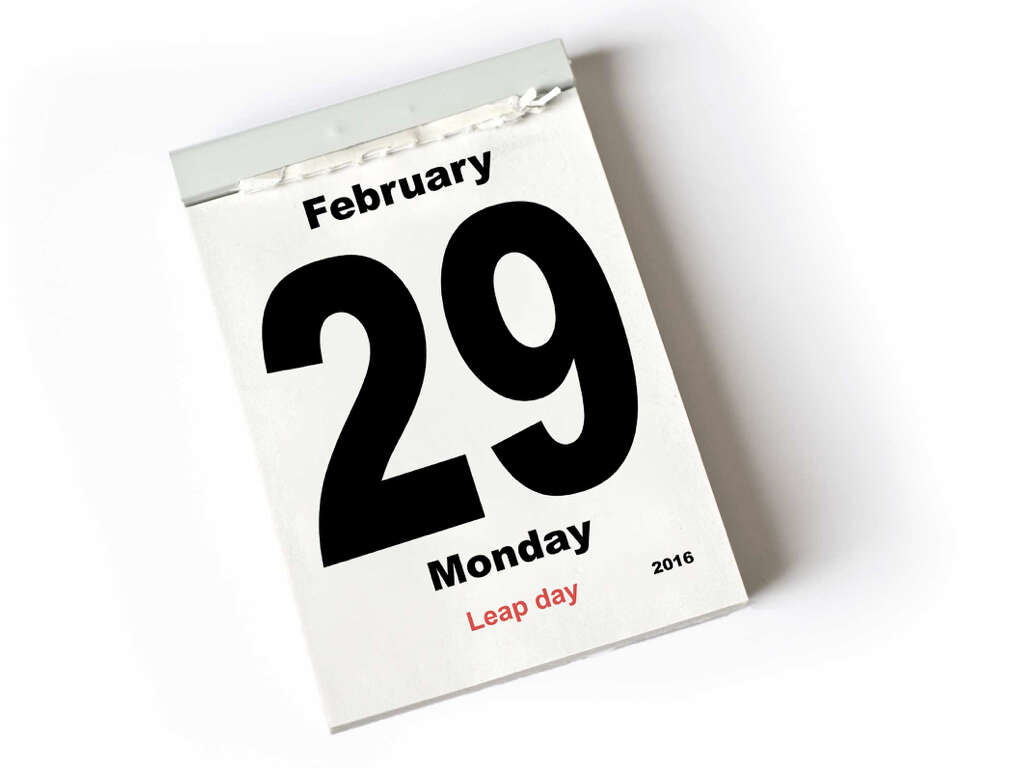What Is a Leap Year?
The calendar that much of the world uses is based on how long it takes Earth to revolve around the sun. It is designed so that seasons line up pretty much the same each year and this helps us to plan effectively. For example, it is important to know when we should be planting so that crops have the best chance of growing.
The orbit does not take an exact number of days, however, making it very difficult to come up with an accurate calendar. As such, calendars have changed over the years to take this into account, while some countries use very different systems to each other. Here’s a closer look on just what a leap year is, and how the calendar has evolved over the years.
1. 365 and a Quarter Days in a Year
Non-leap years have 365 days. Except, that is not entirely true, regardless of how many days our calendars might show. The exact number of days that we have each year is 365 and a quarter or, to be even more precise, 365.24219. This presents a problem because our calendars don’t represent the correct amount of time it takes our planet to complete a single orbit of the sun. Using 366 days would not work either because it would be too many. If it were not for leap years, each season would start a day earlier every four years when using a calendar with 365 days.
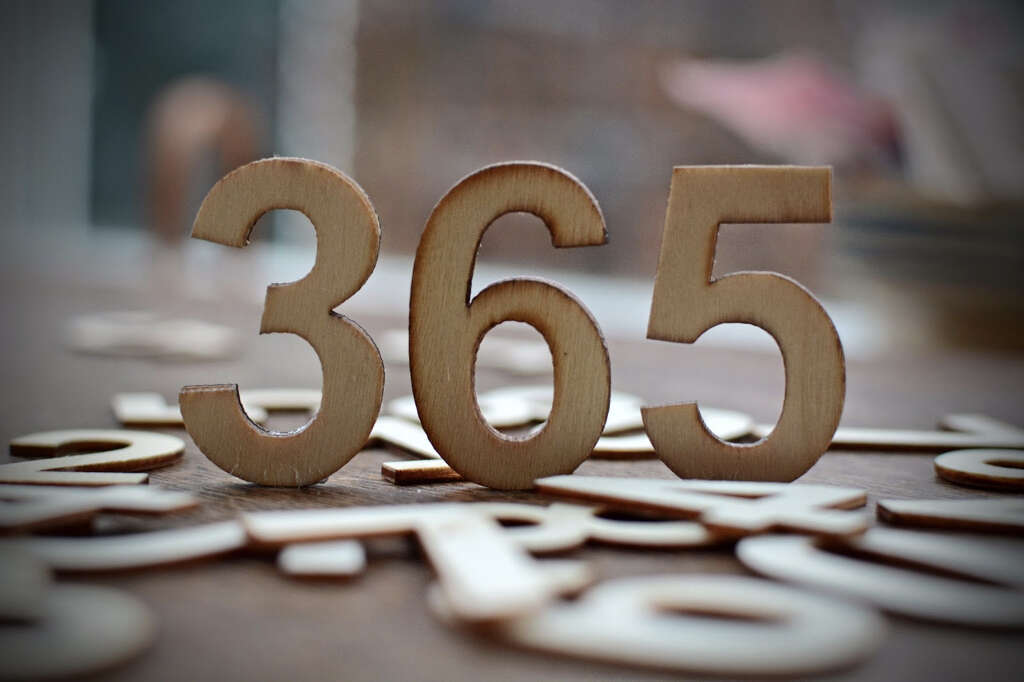
2. Leap Years
The matter of our calendars not accurately representing Earths orbit around the sun needed to be addressed. Otherwise, we would eventually find ourselves celebrating Christmas in the summertime. There needed to be a way of standardizing seasons and events so it was decided to add another day every 4 years. Any year in which the extra day is added is known as a leap year.
The extra day itself is known as a leap day. In todays calendar, you can easily tell which years are leap years because they are divisible by 4. Take a look at a calendar for the year 2020 and you will see that it has 366 days.
3. Julian Calendar
We can thank Ancient Rome for a lot of the traditions and customs that we have today. Even widely celebrated occasions such as Christmas Day are credited to the ancient empire that was based in what is now Italy. They can also be credited for being the first to add a leap year to our calendars.
The Julian calendar was developed by one of Ancient Rome’s most famous emperors, Julius Caesar. The calendar was almost identical to the one we have today, with 365 days and another day added every 4 years. In this case, the calendar repeated February 23 every four years.
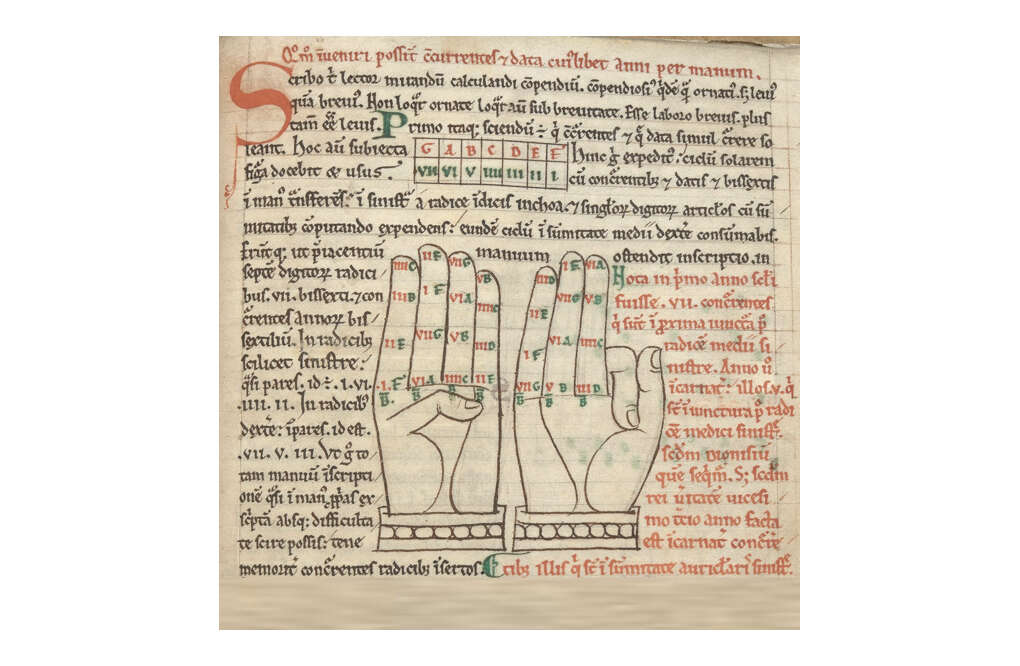
4. Gregorian Calendar
The Julian Calendar went some way to solving the problem, but it was still not enough because there was still another 11 minutes and 14 seconds to be accounted for. It was in 1582 that Pope Gregory XIII made a modification to the Julian calendar to help make up for the difference.
The new calendar meant that no century year would be a leap year. This excluded century years that are divisible by 400. To help make this work, the pope removed 10 days from the calendar in 1582. This new calendar was named the Gregorian calendar, after the pope that developed it, and we still use the same calendar today.
5. February 29
As mentioned, the Julian calendar repeated February 23 every four years to help make up for the lost time. In the Gregorian calendar, February is still used to make up the difference, only an extra day has been added to the leap month instead making it 29 days long instead of 28.
As with so many other dates, some superstitions have arisen over February 29. Some people consider the day to be bad luck, while others consider it to be good luck. Either way, when it comes to leap years, you are very unlikely to be paid for the extra day of working and Im sure most would agree that this is not a good thing.

6. February 30
The countries Sweden and Finland chose to do things a little differently, although they still use the Gregorian calendar as much of the rest of the world does. To help make up the difference in lost time, they both added 2 leap days in 1712, meaning that on that year they also had February 30.
Even the wonderful fantasy world of J. R. R. Tolkien uses something similar to the Gregorian calendar, albeit with some differences. For starters every day of the 12 months of the Hobbit calendar has 30 days. Including the 30th day of Solmath (which equates to February).
7. Same Day as the First day of the Month
One of the most common questions when an event is coming up is “what day does it fall on?” It doesn’t matter when it is a birthday, Christmas, Thanksgiving, or anything else, the day is prone to changing year on year. There are some exceptions, such as May Day, which is always held on the first Monday in May.
One thing notable about leap years is that the leap day will always be the same day as the first day of the month. In addition, January, April, and July will always start on the same day of the year during a leap year. It is something that might be handy when trying to make plans for the future.
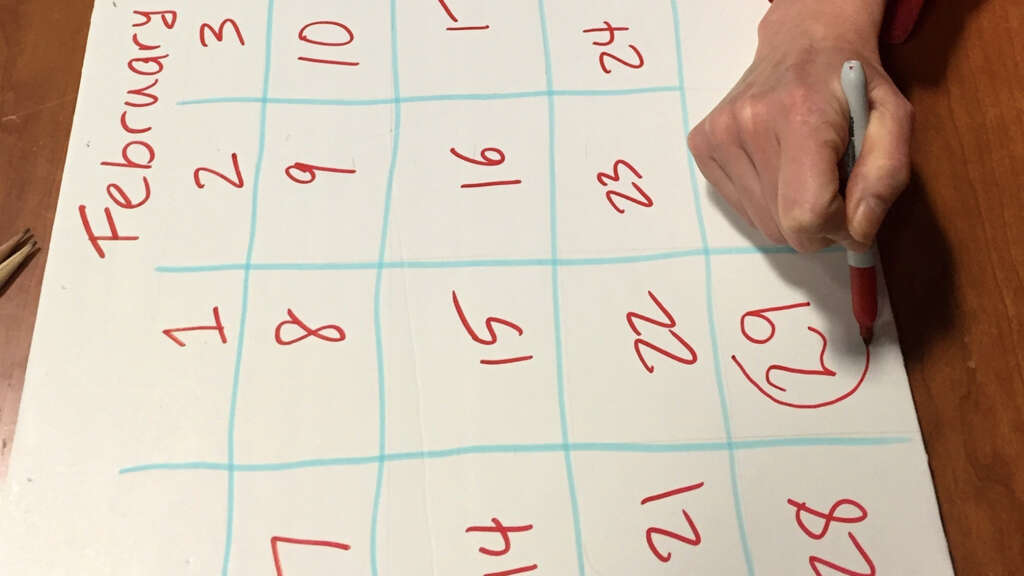
8. Still Imperfect
The Gregorian calendar helped produce a practical and functional calendar that is commonly used worldwide. It is still not perfect, however, as each year now has an average length of 365.2425 days. This still means that there are 0.2425 days too many. Despite the Gregorian calendar still not being perfect, it is still functional enough to serve its purpose, and serve it well.
The Gregorian calendar will not gain an extra day for another 3,000 years, and even the extra day is not going to make much of a difference. There may well come a time in the distant future when another adjustment is needed, but it works just fine for us as it is in this day and age.
9. Lunar Calendar
In the West, and in many other parts of the world, a solar calendar is used. That is to say, the calendar is based on Earths relative position to the sun. In other parts of the world, particularly Islamic countries in the Middle East, a lunar calendar is used instead.
Lunar calendars have similar problems to solar calendars, and the solution to those problems is pretty much the same: a leap year in which extra days are added. The Islamic calendar has 354 days, and a leap day is added every 3 years.
10. Born on a Leap Day?
The chance of somebody being born on a leap day is 1 in 1,461. It is easy to see how being born on a leap day might lead to some confusion, after all, that day only exists in the Gregorian calendar in 1 out of every 4 years. The official stance can change from state to state and country to country.
Some places will officially recognize leap day birthdays to be February 28, whereas others will recognize them on March 1. People that are born on a leap day might sometimes be fortunate enough to get to choose which day they celebrate their birthdays.
